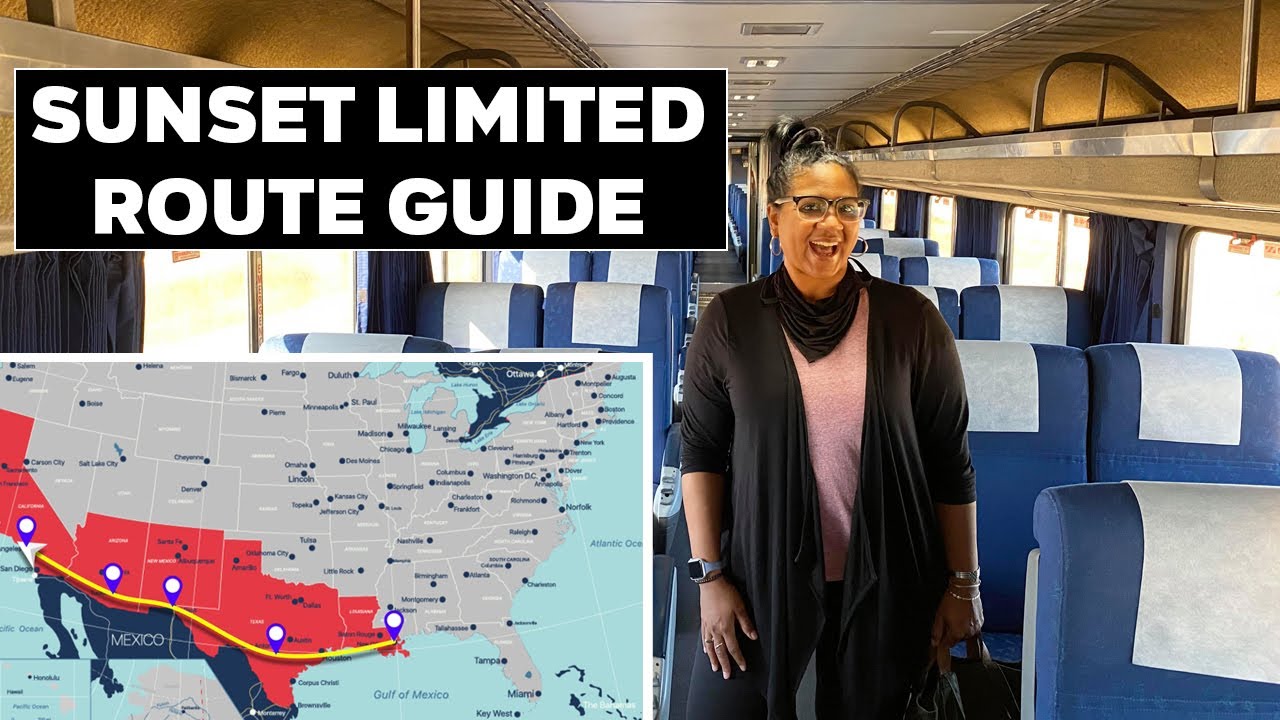Amtrak Trip Planner simplifies the process of planning your Amtrak journey. This guide delves into its functionalities, user experience, data accuracy, integrations with other travel services, accessibility features, and the visual presentation of trip information. We’ll explore how the planner helps users navigate schedules, select amenities, and book their travel, comparing its features across the website and mobile app. We’ll also consider areas for improvement and explore how the planner could better serve diverse traveler needs.
From understanding the various search parameters available – dates, times, stations, and amenities – to mastering the step-by-step booking process, this guide aims to provide a complete overview of the Amtrak Trip Planner, empowering you to plan your next Amtrak adventure with confidence.
Accessibility and Inclusivity
Amtrak’s Trip Planner aims to provide a seamless travel experience for all, and its accessibility and inclusivity features are crucial to achieving this goal. A comprehensive evaluation reveals both strengths and areas for improvement in catering to the diverse needs of its users. This section analyzes the current state of accessibility and inclusivity within the Trip Planner, identifies shortcomings, and proposes recommendations for enhancement.
Accessibility Features for Users with Disabilities
The Amtrak Trip Planner incorporates several accessibility features designed to assist users with disabilities. Screen reader compatibility is a key element, allowing visually impaired users to navigate the website and access trip information effectively. Keyboard navigation ensures that users who cannot use a mouse can still interact with all functionalities. Furthermore, the website offers adjustable font sizes and color contrast options, catering to users with visual impairments. However, the level of compliance with WCAG (Web Content Accessibility Guidelines) standards needs further investigation to ensure full accessibility for all users with disabilities. For example, alternative text descriptions for images are crucial for screen reader users, and their comprehensiveness should be rigorously reviewed.
Inclusivity of Information for Diverse Traveler Needs
The Trip Planner’s inclusivity is currently limited. While it provides basic trip planning information, it lacks detailed information catering to specific needs of diverse travelers. For example, information on wheelchair accessibility on specific trains and stations is not always readily available or consistently formatted. Similarly, information regarding accessible restrooms, seating options, and assistance services is scattered and inconsistent. The planner also lacks features that would benefit travelers with cognitive disabilities or sensory sensitivities. More comprehensive and consistently presented information is needed to improve the inclusivity of the service. For instance, clear visual representations of station layouts, including accessibility features, could significantly benefit visually impaired and other users.
Areas for Improvement Regarding Accessibility and Inclusivity
Several areas require attention to enhance accessibility and inclusivity. More robust screen reader compatibility, including improved alternative text for images and multimedia, is needed. Consistent and readily accessible information on wheelchair accessibility across all trains and stations is crucial. Furthermore, the Trip Planner should provide clearer information regarding accessible amenities, such as restrooms, seating, and assistance services. Finally, features catering to travelers with cognitive disabilities or sensory sensitivities, such as simplified language options and customizable alerts, should be considered. A dedicated accessibility statement outlining the website’s compliance with accessibility standards would also enhance transparency and accountability.
Recommendations for Enhanced Accessibility
To make the Amtrak Trip Planner more accessible to all users, several recommendations are proposed. First, conduct a thorough accessibility audit to identify and address any violations of WCAG guidelines. Second, improve the clarity and consistency of information regarding wheelchair accessibility on trains and in stations, providing detailed information on ramps, elevators, accessible restrooms, and other relevant features. Third, develop and implement features catering to diverse traveler needs, such as simplified language options, customizable alerts, and visual aids for travelers with cognitive disabilities or sensory sensitivities. Fourth, provide comprehensive alternative text descriptions for all images and multimedia content. Finally, create a dedicated accessibility statement clearly outlining the website’s commitment to accessibility and its level of compliance with relevant standards.
Catering to Different User Needs
The current Amtrak Trip Planner caters to the basic needs of most travelers, allowing them to search for routes, view schedules, and book tickets. However, its functionality could be significantly improved to better serve diverse user groups. For example, families could benefit from features that allow them to book seats together or filter results based on amenities suitable for children. Solo travelers might appreciate personalized recommendations or options for quieter travel experiences. The current system doesn’t explicitly address these differentiated needs, creating an opportunity for improvement. Specific features like a family-friendly filter, options to prioritize quieter carriages, and integration with other travel planning tools (e.g., hotel booking, car rental) would cater to diverse user needs more effectively.
Visual Representation of Trip Information
Amtrak’s trip planner currently utilizes a combination of textual schedules and map displays to present trip information. The schedule provides details such as departure and arrival times, station names, and durations. The map shows the route, highlighting key stations along the journey. However, the current visual presentation could be significantly improved for enhanced user experience and clarity.
The effectiveness of the current visual representations is limited. While the schedule provides necessary information, its presentation can be overwhelming, especially for complex itineraries involving multiple transfers. The map, although helpful in showing the overall route, lacks sufficient detail regarding station locations and surrounding points of interest. The integration between the map and schedule is also lacking; it’s not always intuitive to connect specific schedule entries with their corresponding locations on the map.
Map Enhancements and Alternative Visualizations
To improve clarity and understanding, several visual enhancements could be implemented. A more interactive map with zoomable functionality, clear station markers, and the ability to overlay the train schedule directly onto the map would greatly improve usability. Furthermore, incorporating real-time train location data would provide users with a dynamic view of their journey’s progress. Alternative visual representations could include animated timelines showing the progression of the trip, or even 3D models of train routes and stations for a more immersive experience.
Examples of Effective Visualizations in Other Travel Planning Tools
Google Maps, for example, excels in providing detailed and interactive maps with street-view imagery, real-time traffic updates, and seamless integration with various transportation options. Other tools, such as Citymapper, effectively use animated timelines to illustrate journeys, making them easier to understand. These tools demonstrate the potential for improved visual clarity and engagement in travel planning.
Improved Map Display Mock-up
The improved map would display a high-resolution map of the Amtrak route, with clearly marked stations represented by custom icons. Each station icon would include a pop-up window displaying the station name, scheduled arrival and departure times for the specific train, and nearby points of interest such as hotels, restaurants, or parking facilities. The train’s route would be displayed as an animated line, moving along the map in real-time, reflecting the train’s actual progress. Users could zoom in and out, pan across the map, and switch between different map views (e.g., satellite, terrain). A legend would clearly identify all map elements, and the map would be fully accessible to users with disabilities, adhering to WCAG guidelines.
Summary
Ultimately, the Amtrak Trip Planner offers a valuable tool for anyone planning Amtrak travel. While improvements can always be made to enhance user experience and data reliability, the planner’s core functionality effectively addresses the needs of most travelers. By understanding its features and limitations, users can leverage the planner to create seamless and enjoyable journeys across the Amtrak network. Future enhancements focused on integration and accessibility will further solidify its position as a leading travel planning resource.




